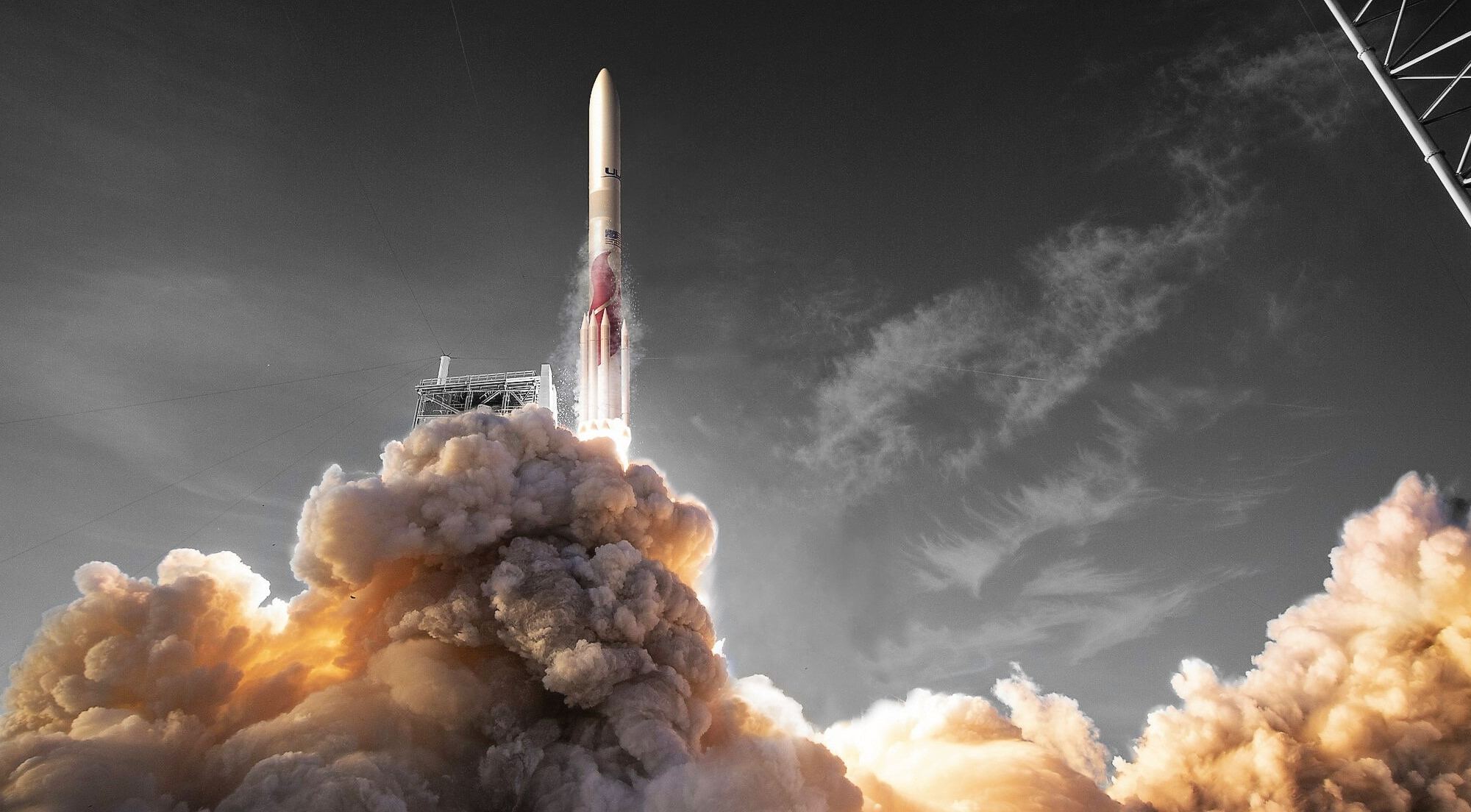If it turns out that a future extraterrestrial invasion force is headed by a clone of George Washington, we’ll have only ourselves to blame.
Admittedly, that would be the unlikeliest outcome of a space shot that aims to send hair samples from America’s first president — and from Presidents Dwight Eisenhower, John F. Kennedy and Ronald Reagan — into deep space.
The samples, which include bits of DNA, are to be included on Houston-based Celestis’ “Enterprise Flight,” a memorial space mission that will also carry DNA and cremated remains from the late astronaut Philip Chapman, Star Trek celebrities and scores of Celestis clients. The time capsule will be sent into space later this year as a secondary payload aboard United Launch Alliance’s Vulcan Centaur rocket, and eventually settle into stable orbit around the sun.
Here’s a video about the Enterprise Flight, created before the mission was rescheduled from 2022 to 2023:
“Our Enterprise Flight is an historic mission by any standard,” Celestis co-founder and CEO Charles M. Chafer said today in a news release. “The overarching goal of Celestis is to assist human expansion throughout the solar system. By adding the DNA of these American icons to Enterprise, we establish a precursor for future human missions, and add to the historical record of human exploration of deep space.”
Celestis’ play for the spotlight on Presidents Day capitalizes on two routes to preserving the physical legacy of the dearly departed. One has to do with the hair: For ages, people have treasured locks of hair from loved ones. Some have gone so far as to amass collections of celebrity hair — which can carry extra value in the current age of DNA analysis. For example, a lock of Marilyn Monroe’s hair, preserved by University Archives’ John Reznikoff, was recently used to confirm the identity of the movie star’s father.
The samples for Celestis’ mission came from a different hair collection, originally owned by collector Louis Mushro, who died in 2014. An anonymous donor shared the presidential samples with Celestis for inclusion on a deep-space mission. They’ve been kept in a climate-controlled storage facility for several years in preparation for the Enterprise Flight.
That brings us to the second route to a kind of immortality: For more than 25 years, Celestis has been gathering up batches of cremated human remains, DNA samples, hair strands and other mementos to be sent into space aboard suborbital and orbital rockets. One mission even went to the moon. Those batches of sample capsules, each of which is about the size of a lipstick tube, typically share a ride with bigger payloads.
This year’s inaugural Vulcan Centaur launch has the primary goal of sending Astrobotic’s Peregrine lander to the surface of the moon with more than two dozen scientific experiments and other payloads (including another batch of Celestis capsules). The Vulcan rocket will also deliver the first two prototype satellites for Amazon’s Project Kuiper broadband internet constellation to low Earth orbit.
After the Centaur upper stage has deployed the Peregrine lander, it’s due to head for a safe orbit around the sun, out of Earth’s way, with Celestis’ samples onboard.
“What a tremendous honor to work with Celestis to launch these four esteemed U.S. presidents on our Vulcan launch vehicle,” Tory Bruno, United Launch Alliance’s president and CEO, said in a statement.
Theoretically, the DNA in the cells that are clinging to the strands of hair could be preserved for a long time in deep space, perhaps hundreds or thousands of years, as long as the samples are protected from space radiation. Which means that theoretically, spacefaring civilizations could recover the genetic code of the four presidents in an age when biotech has advanced far beyond our current capabilities.
Could those future space travelers turn that code into clones? Science-fiction pioneer Arthur C. Clarke thought so. Years before his death in 2008, Clarke donated a DNA-laden hair sample to send into space — and he’ll be represented on Celestis’ Tranquility Flight to the moon.
“One day, some super civilization may encounter this relic from the vanished species, and I may exist in another time,” Clarke said. Along with his hair, Clarke contributed a handwritten note consisting of three words: “Farewell, my clone.”
If we think spacefarers will be able to figure out how to play a golden phonograph record, maybe it’s not such a stretch to imagine they can figure out how to produce a carbon copy of George Washington. Let’s just hope he’s on our side.

